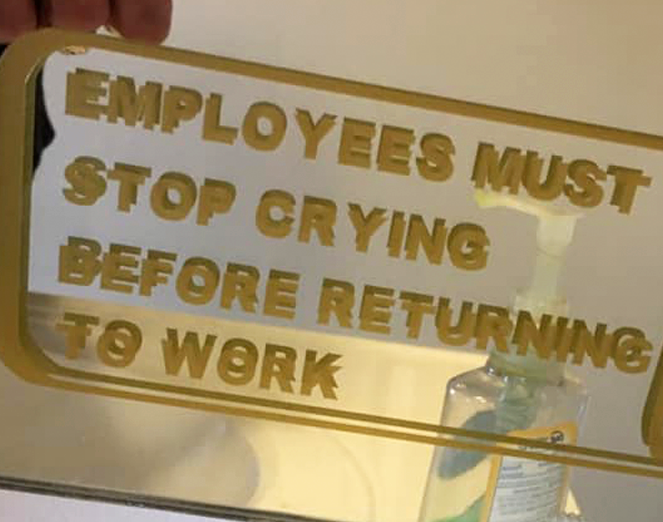cross-posted from: https://lemmy.world/post/13793832
Layla Ahmed is, by any measure, a responsible adult. She works at a nonprofit in Nashville helping refugees. Makes 50k a year. Saves money. Pays her bills on time.
But there’s another measure of adulthood that has so far eluded her. Ahmed, 23, moved back in with her parents after graduating college in 2022.
“There is a perception that those who live with their parents into their 20s are either bums or people who are not hard-working,” she told the Today, Explained podcast.
Being neither of those things, Ahmed and her situation actually point to a growing trend in America right now: More adults, especially younger adults, are either moving back in with family or never leaving at all.
According to the Pew Research Center, a quarter of all adults ages 25 to 34 now live in a multigenerational living situation (which it defines as a household with two or more adult generations).
It’s a number that’s been creeping upward since the early ‘70s but has swung up precipitously in the last 15 years. The decennial US Census measures multigenerational living slightly differently (three or more generations living together), but the trend still checks out. From 2010 to 2020, there was a nearly 18 percent increase in the number of multigenerational households.



There was, what, one generation that didn’t?
Last I checked multi-generational housing was not common after the 1950s in most western nations(unless you where poor). So a few that did not experience it. And now you are not seeing this by choice (as was more the norm in the past) but that both the older people’s retirement funds are flagging while younger people can not afford to enter into the market.